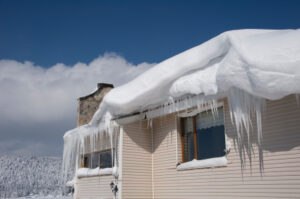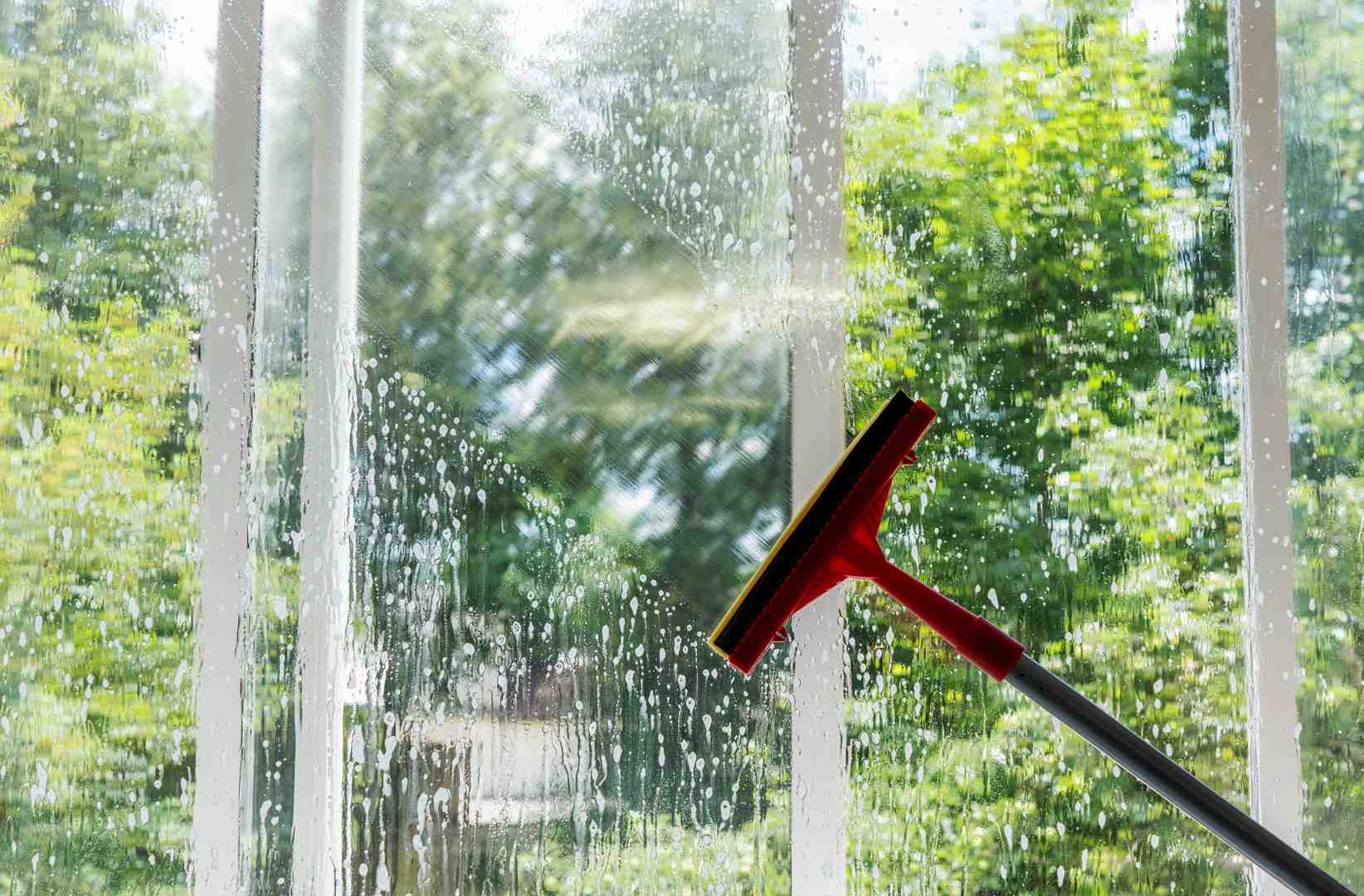Quick Tips on How to Protect Your Home in Winter
It’s almost December and in states like Connecticut and Massachusetts, we have already  seen snow! With the cold weather upon us, it is important to protect your home for the long winter months ahead. If you have not taken the steps to prepare your home for the cold, there is a likely chance you will face costly damage, increased energy bills and an unhappy family. Here are some of our winter home protection tips that will help keep your family warm, your bills down, and your home safe from the potential damaging effects of the cold.
seen snow! With the cold weather upon us, it is important to protect your home for the long winter months ahead. If you have not taken the steps to prepare your home for the cold, there is a likely chance you will face costly damage, increased energy bills and an unhappy family. Here are some of our winter home protection tips that will help keep your family warm, your bills down, and your home safe from the potential damaging effects of the cold.
- Check for snow build up on the roof. – An excessive amount of snow on the roof of your home or business can be dangerous and damaging. Be sure to safely remove the snow that has accumulated and consider hiring someone who is trained to do so to avoid injury.
- Ensure your home is properly insulated. – According to the U.S. Department of Energy, drafts can waste between 5% to 30% of energy use. Properly insulating your home by caulking or weatherstripping it can reduce energy bills and keep your home warmer during the winter months. Caulking should be used to seal cracks and joints around windows, doors, frames and pipes. Weatherstripping is intended to be used around movable joints, such as windows and doors.
- Remove snow from leaking inside. – Clear snow from basement stairwells, and condensation from window sills. Melting snow or increased window condensation can cause rotting wood and water damage inside your home.
- Check for ice dams. – Ice dams are an accumulation of ice at the lower edge of a sloped roof. The interior heat from the home and the attic melts the snow and water runs down that eventually refreezes. If ice blocks water from draining off of the roof water can leak inside the home. Keeping gutters clean can aid in avoiding build up, but continually attempting to chip away at the ice may cause shingle damage to the roof. Consider hiring a professional to maintain your roof for you.
- Keep attic ventilated. – The best way to avoid ice dams is to keep your attic well ventilated. While it may seem counterproductive, keeping your attic at a freezing temperature, or a temperature close to that of the outside, can help reduce the onset of ice dams. A warm attic will melt the snow on the roof causing water to run down and cause a blockage once refrozen leading to water leaking into your home.
- Take steps to avoid pipes from freezing. When water freezes, it expands, meaning trouble for your pipes if it expands enough. Burst pipes can be avoided by stopping the transfer of heat in the water to freezing air conditions. Insulating these exposed pipes with protective sleeves will help to minimize this transfer of heat and slow the freezing process. Ideally, the more insulation around the pipes, the better.
- Take advantage of federal tax credits. – Many homeowners are unaware that they may be able to take advantage of federal tax credits that will reduce the cost of increasing the energy efficiency of your home. According to Energy Star, some homeowners may qualify to receive a tax credit of 30% of the total cost with no upper limit. The expiration of this particular credit is December of 2016, so find out if you qualify and start saving money now.

 seen snow! With the cold weather upon us, it is important to protect your home for the long winter months ahead. If you have not taken the steps to prepare your home for the cold, there is a likely chance you will face costly damage, increased energy bills and an unhappy family. Here are some of our winter home protection tips that will help keep your family warm, your bills down, and your home safe from the potential damaging effects of the cold.
seen snow! With the cold weather upon us, it is important to protect your home for the long winter months ahead. If you have not taken the steps to prepare your home for the cold, there is a likely chance you will face costly damage, increased energy bills and an unhappy family. Here are some of our winter home protection tips that will help keep your family warm, your bills down, and your home safe from the potential damaging effects of the cold.











